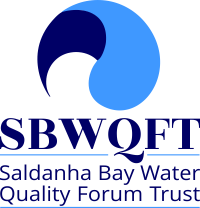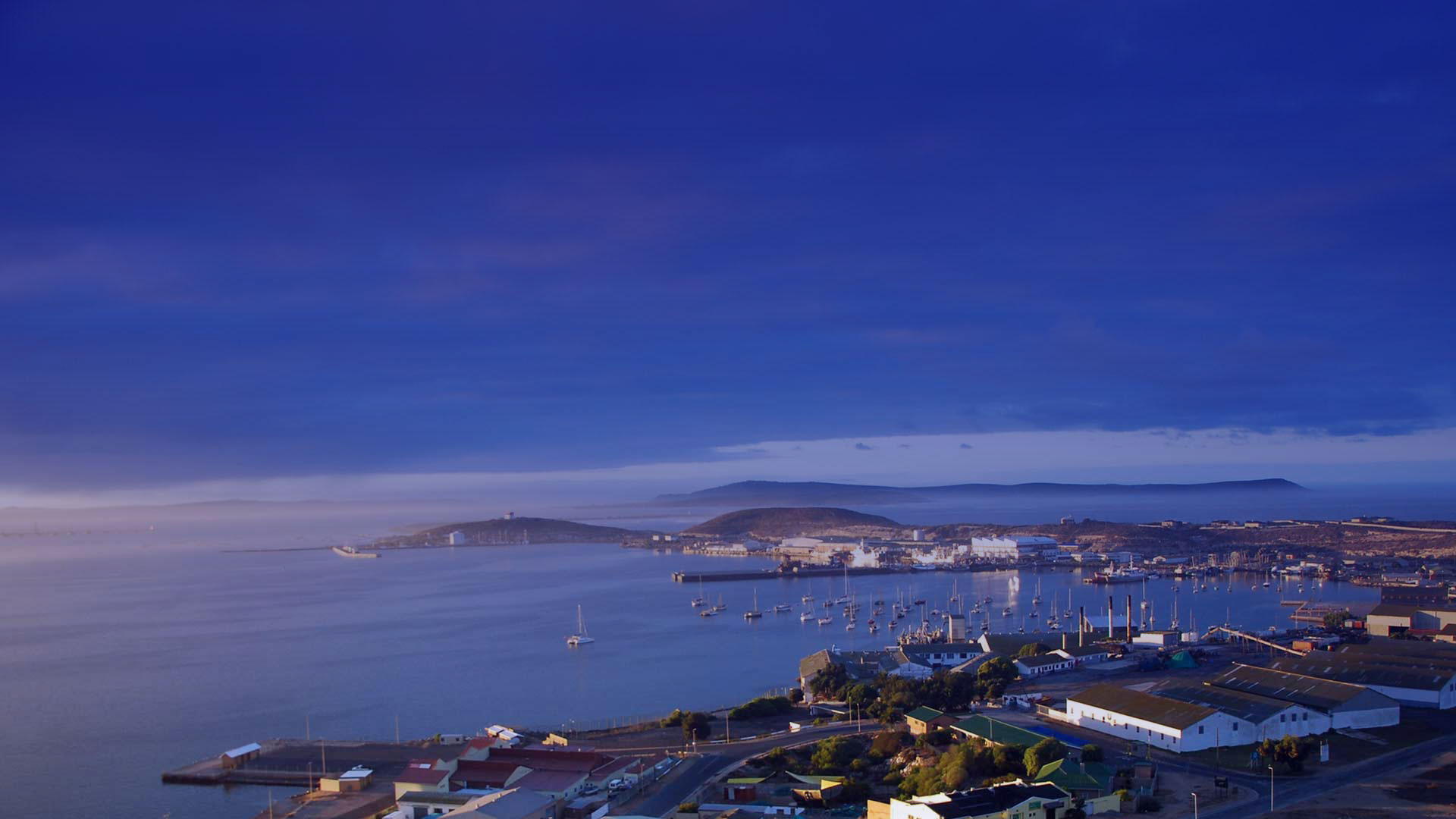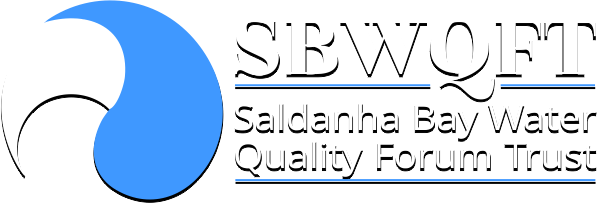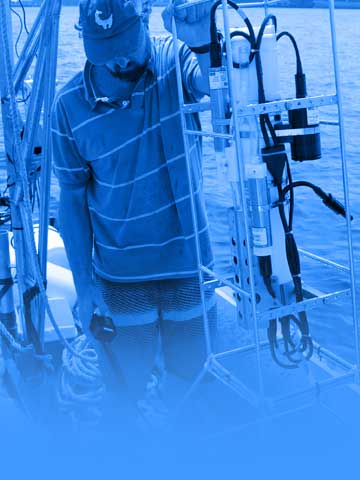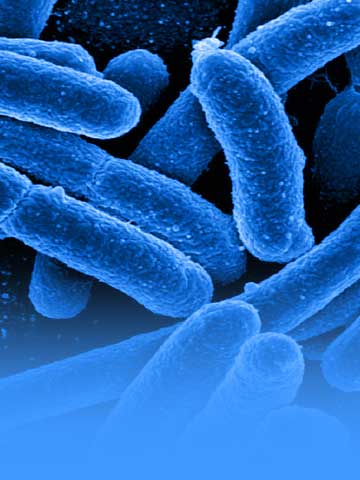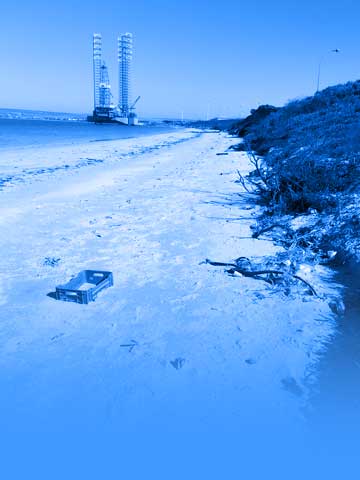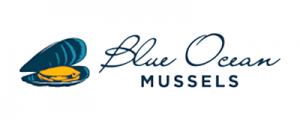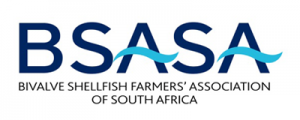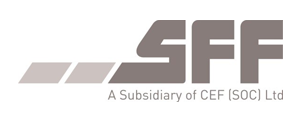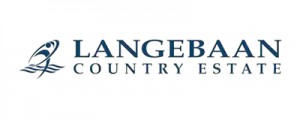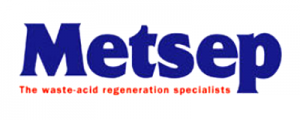Regular, long-term environmental monitoring is essential to identify and to enable proactive mitigation of negative human impacts on the environment (e.g. pollution), and in so doing maintain the beneficial value of an area for all users.
T The establishment of the Saldanha Bay Water Quality Forum Trust (SBWQFT) in 1996, a voluntary organization representing various organs of State, local industry and other relevant stakeholders and interest groups, gave much impetus to the monitoring and understanding of changes in the health and ecosystem functioning of this unique bay-lagoon ecosystem.
Direct monitoring of a number of important ecosystem indicators was initiated by the SBWQFT in 1999, including water quality (faecal coliform, temperature, oxygen and pH), sediment quality (trace metals, hydrocarbons, total organic carbon (TOC) and nitrogen) and benthic macrofauna. The range of parameters include surf zone fish and rocky intertidal macrofauna.
The SBWQFT holds an extensive database of monitoring information. For instance, monitoring of bacterial indicators (faecal coliforms and e.coli) to assess the effectiveness of adopted measures, is performed at specified sites on a bimonthly basis.
The data is useful when determining various trends and when assessing the effectiveness of measures for improvement that are put in place by various industries, with reference to possible environmental impacts.
Many local industries use SBWQFT feedback and other information to support their environmental management systems and the related ISO14001 certification.
S State of the Bay Report
SBWQFT monitoring activities led to the commissioning of a “State of the Bay” technical report series in 2006. This report is produced annually and presents data on parameters monitored directly by the SBWQFT as well as those monitored by others (government, private industry, academic establishments and NGOs). The reports can be viewed and downloaded here.T The challenge of addressing cumulative impacts
Saldanha Bay has been identified as an economic development node by national government and the establishment of an Industrial Development Zone is well under way. The Bay hosts a major natural harbour and is actively exporting iron ore, lead, copper and manganese.
Continuously accelerating urban and industrial development is a major cause of fragmentation and loss of ecological integrity of remaining marine and coastal habitats in Saldanha Bay and Langebaan. The challenge of addressing cumulative impacts in an area such as Saldanha is immense.
The current and future desired state of the greater Saldanha Bay area is polarised, where industrial development (Saldanha Bay IDZ and associated industrial development) and conservation areas (Ramsar Site, MPAs and National Parks) are immediately adjacent to one another.
Furthermore, the Saldanha Bay environment supports conflicting uses including industry, fishery, mariculture, recreation and the natural environment itself.
This situation necessitates sustainable development that is steered towards environmentally more resilient locations and away from sensitive areas.
The question is – how do we balance the need to conserve our natural heritage with the requirement to develop and prosper economically?
There is no simple answer to this very basic question. The conservationists have shouted their ‘green’ messages from the treetops whilst the industrialists have simply argued the need to ‘provide jobs and grow’. “Never the twain shall meet”.
We all have to change our attitudes and work together to find the balance. This is a team effort.
T The cornerstone to a balanced approach
To date, most environmental impact studies have been localized and the entire Saldanha Bay and Langebaan Lagoon ecological system has not been considered.
The Saldanha Bay Water Quality Trust has been instrumental in the establishment of the Integrated Governmental Task Team (IGTT) that has been given the mandate to address this problem and provide environmental guidance for all future development in and around our region and Saldanha Bay. The legislative Acts plus the IGTT Environmental Guidelines will form the cornerstone to a balanced approach in terms of environmental sustainability, social well-being and economic growth in the future.
The Greater Saldanha Bay IGTT is focused on enabling innovation in environmental governance; ensuring that environmental qualities are targeted and sustained while embracing economic opportunities. The processes of fulfilling the Terms of Reference of the IGTT will involve research partnerships which can draw on international best practice.
None of this can take place without scientifically based information on the ‘State of the Bay’.
The government has taken the first steps in providing legal guidance with the proclamation of the National Environmental Management Act and the Integrated Coastal Management Act.
These Acts still have a way to go before they have the required impact to provide the answer to our question.
The Saldanha Bay Water Quality Trust is the pioneer in this regard having conducted a series of all-encompassing scientific tests with minimal resources over the last 18 years.
